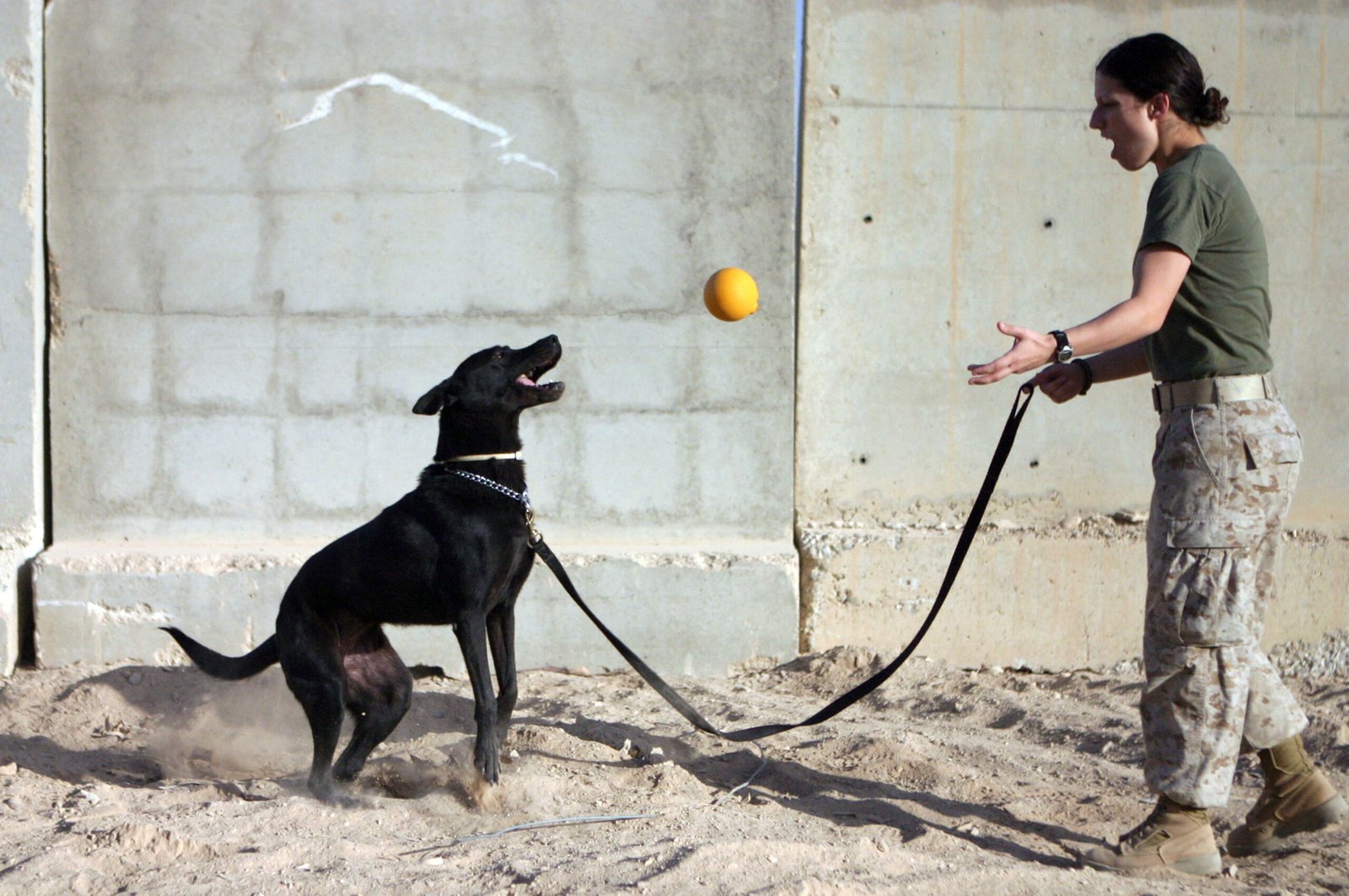There’s nothing quite like sitting down to a delicious meal, only to find your beloved pooch staring up at you with those big puppy eyes, pleading for just a morsel. While the occasional treat might seem harmless, constant begging can turn into a habit that’s hard to break. The good news is, with a little patience and consistency, you can teach your dog to mind their manners at the dinner table. Here are eight clever strategies to help you enjoy mealtime without those guilt-inducing looks.
Understand the Begging Behavior
Before diving into solutions, it’s essential to grasp why your dog begs in the first place. Dogs are naturally opportunistic creatures. If they sense even the slightest chance of getting a tasty tidbit, they’ll seize it. This behavior can be traced back to their ancestors who scavenged for food. Moreover, dogs are experts at reading human emotions and reactions. If they’ve received food from the table once, they’ll remember and try again. Understanding this behavior is the first step in addressing it. By recognizing that begging is a natural instinct, you can approach the problem with empathy and patience.
Establish a Consistent Feeding Routine
One of the most effective ways to curb begging is by establishing a consistent feeding routine. Dogs thrive on routine and predictability. By feeding your dog at the same times every day, you can reduce their inclination to beg. Think of it as setting an internal clock for your dog. When they know they’ll be fed regularly, they’re less likely to seek food outside of those times. Ensure that your dog’s meals are nutritious and filling to keep them satisfied. Over time, this routine will help diminish their interest in your dinner plate.
Use a Dedicated Feeding Area
Creating a specific feeding area for your dog can work wonders. This space should be separate from where you eat. By doing this, your dog will associate their meals with a particular spot, away from the dinner table. It’s akin to training a child to do homework at a desk rather than in front of the TV. The designated area becomes a cue for your dog that it’s their mealtime, not yours. Reinforce this habit by leading them to their spot with commands or treats when it’s time to eat.
Introduce the “Place” Command
Teaching your dog the “place” command can be a game-changer. This command instructs your dog to go to a specific location, such as a mat or bed, and stay there until released. Start by getting your dog’s attention, guiding them to the desired spot, and rewarding them when they comply. Consistency is key – practice this command regularly, especially during your mealtimes. The “place” command not only curbs begging but also provides a sense of security for your dog, knowing they have a specific spot during chaotic family meals.
Ignore the Begging Behavior
As difficult as it might be, ignoring your dog’s begging is crucial. Giving in, even once, reinforces the behavior. Dogs are quick learners and will remember any instance they received food from begging. When your dog starts to beg, avoid eye contact and do not speak or touch them. Imagine your dog as a persistent telemarketer; if they get no response, they’ll eventually stop calling. Over time, your dog will realize that begging gets them nowhere and will cease the behavior.
Provide Distractions During Mealtime
Distracting your dog during mealtime can help keep them away from the table. Offer them a chew toy or a puzzle feeder filled with treats. This not only keeps them occupied but also mentally stimulated. Think of it like giving a child a coloring book during a long car ride. The distraction redirects their focus, making them less likely to bother you for food. By the time they finish their activity, your meal might be over, reducing the chance of begging.
Reward Good Behavior

Positive reinforcement is a powerful tool in training any dog. When your pup behaves well during mealtime, be sure to reward them. This could be in the form of treats, praise, or playtime. It’s like giving a student a gold star for good behavior. Over time, your dog will associate not begging with receiving rewards. Celebrate small victories and be consistent with your rewards. This will encourage your dog to continue their good behavior, knowing that something positive awaits.
Educate the Entire Household

Lastly, it’s crucial to get everyone in the household on board. If even one person gives in to your dog’s begging, it can undo all your hard work. Have a family meeting and explain the importance of consistency. Think of it as a team sport; everyone needs to be on the same page to win the game. By educating everyone, from kids to guests, about the rules, you’ll ensure a unified approach. This cohesive effort will make it much easier to keep your dog from begging at the dinner table.
Incorporating these strategies can transform your mealtime experience. With persistence and love, your furry friend will learn their manners, ensuring a peaceful dinner for everyone involved.

Born and bred in South Africa, a Capetonian at heart. Amy-Leigh’s love for nature and animals was inherited from her Dad. He loves taking the family on road trips to experience nature at its finest; Amy-Leigh’s favourite being whale watching in Hermanus and spotting Kudu along the West Coast. Amy-Leigh holds a BA in English Literature and Communication Studies.





